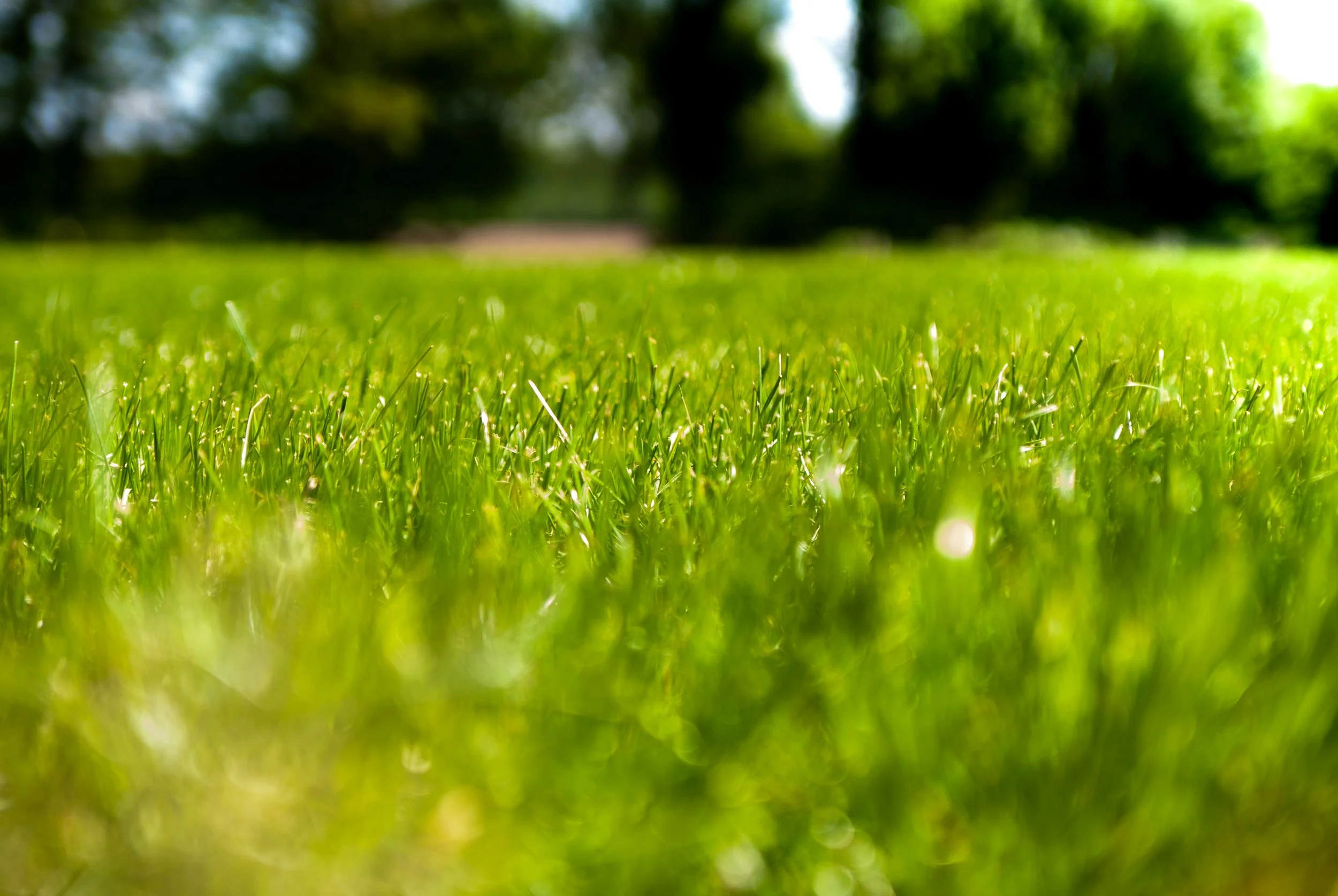Core Aeration & Overseeding
Serving Des Moines & Surrounding Communities
Why You Should Consider Core Aeration
Over time, lawns can become compacted and develop a thick thatch layer—basically a spongy mix of dead grass and debris between the soil and living turf. When thatch gets too thick, it blocks water, air, and nutrients from reaching the roots.
Core aeration (also called soil aeration) is one of the most effective natural methods for alleviating thatch and compaction. During aeration, we remove small cores (plugs) of soil from your lawn, giving roots room to breathe and absorb what they need to thrive.
How the Process Works
Soil plugs are pulled using professional aerator machinery, leaving tiny holes throughout your lawn.
These openings allow water, oxygen, nutrients, and seed (if you choose to overseed) to penetrate deeper into the root zone.
The soil plugs break down naturally, returning organic matter and nutrients to your lawn.
After service, you can walk on and use your yard normally (no long downtime).
For the best results, lawns should be moist before aeration—this ensures effective plug extraction. That’s one reason aeration is usually done in spring or fall, when soil moisture is optimal.
Overseeding: Making Aeration Count
Pairing overseeding with core aeration amplifies results. Once you’ve opened the soil with aeration, spreading seed lets new grass varieties lock into place more effectively. Here’s why this combo works:
Seed-to-soil contact is maximized
Germination rates improve
You can target thinning patches
Over time, you keep your lawn resilient by renewing its genetic vigor
We use high-quality seed blends (such as [name your grass types, e.g. rye + Kentucky bluegrass or whatever matches your region]) chosen for durability, disease resistance, and climate adaptability.
When We Offer These Services
Spring – wakes up your lawn after winter dormancy, stimulating early growth and boosting nutrient uptake
Fall – alleviates summer stress and gives new seed the cooler nights and warm soils it prefers
If you're unsure which season is best for your yard, we’ll assess your lawn’s current health and soil conditions and recommend optimal timing.
What You Can Do to Prepare & Support
Before aeration:
Mow your grass short
Water lightly a day or two before
Mark any sprinkler heads, cables, or objects in the lawn
After aeration / overseeding:
Let the cores break down naturally (or rake/mow them if you prefer a tidy look)
Keep soil consistently moist until new grass is established
Wait to mow seeded areas until grass reaches recommended mowing height
Combine with a fertilization plan to feed new and existing turf
Why It Matters
A yearly aeration (paired with overseeding if needed) helps your lawn:
Build deeper, stronger root systems
Improve drought and stress tolerance
Fight off insects, disease, and soil compaction
Stay vibrant, lush, and thick year after year
Why Choose [Your Business Name]
Experienced crew using professional-grade aeration & seeding equipment
Tailored seed blends suited to our local climate
Satisfaction guarantee—if you're not happy, we’ll make it right
Service area coverage throughout [Your Cities / Region]
Ready to get your lawn ready for next season?
Contact us today to schedule your core aeration & overseeding — limited slots available.
[Phone] | [Contact Us / Estimate Request Button]

